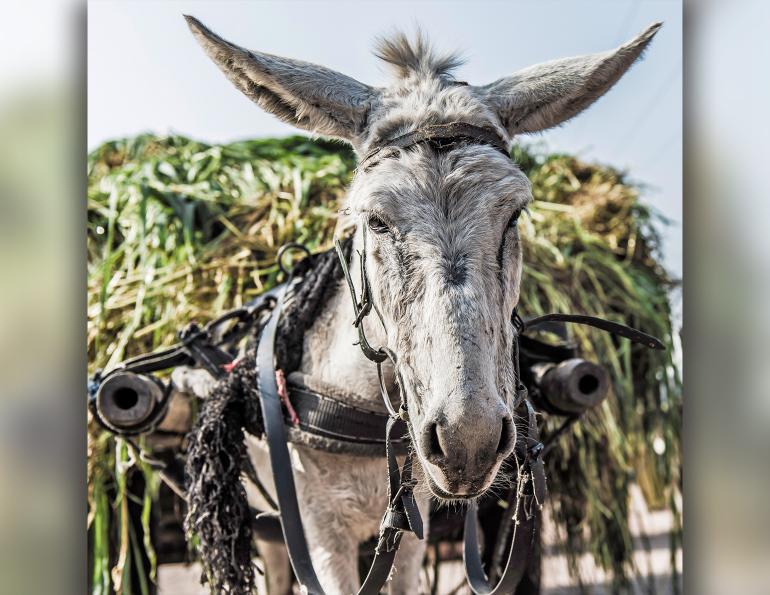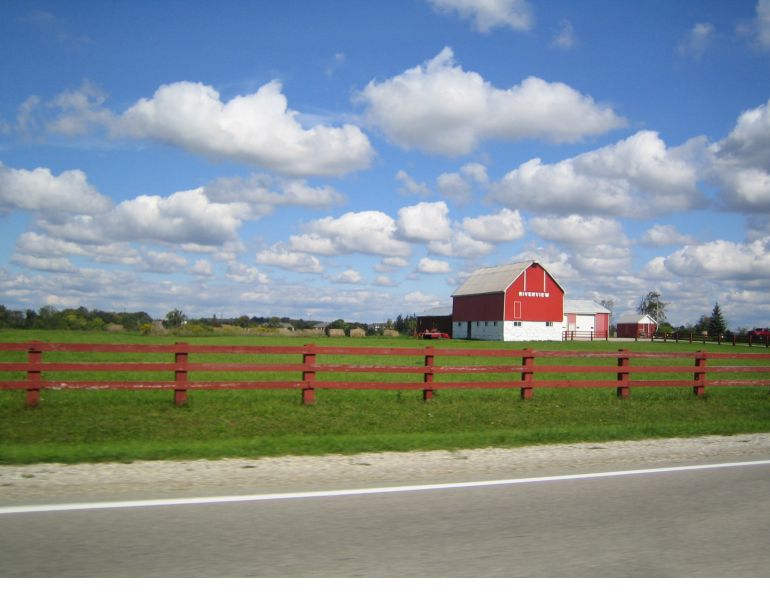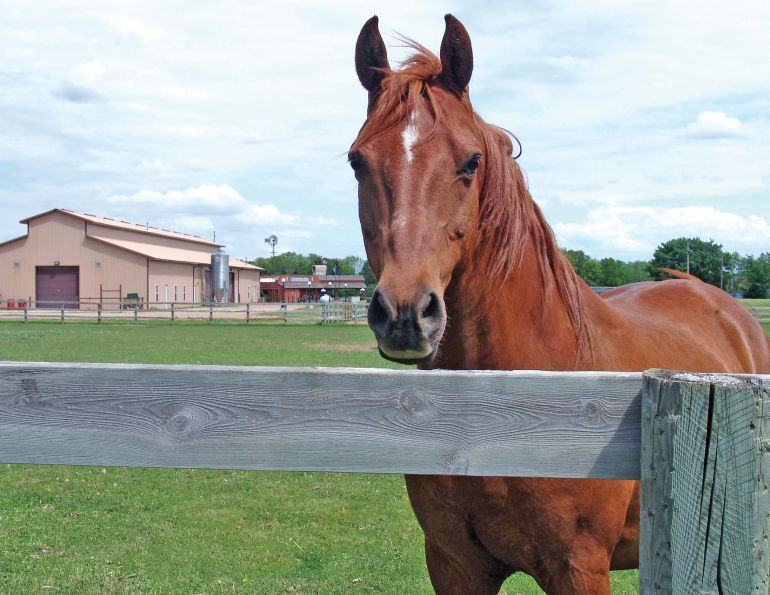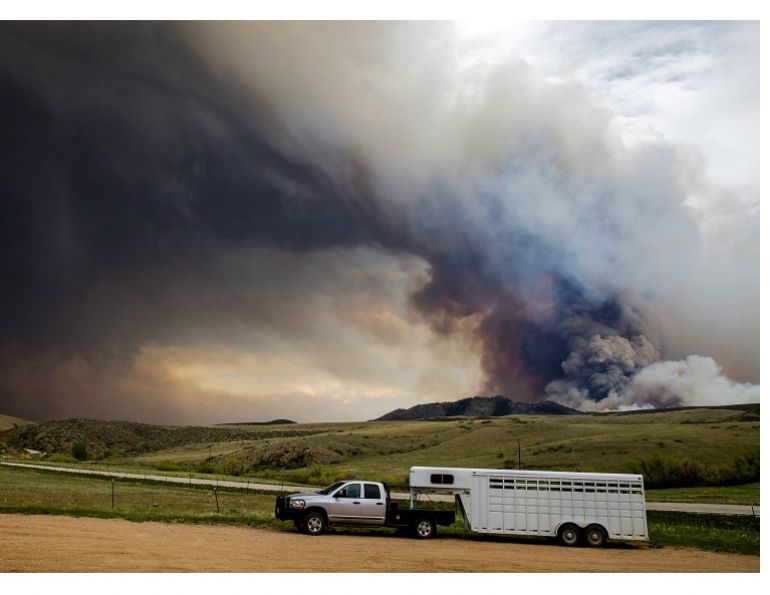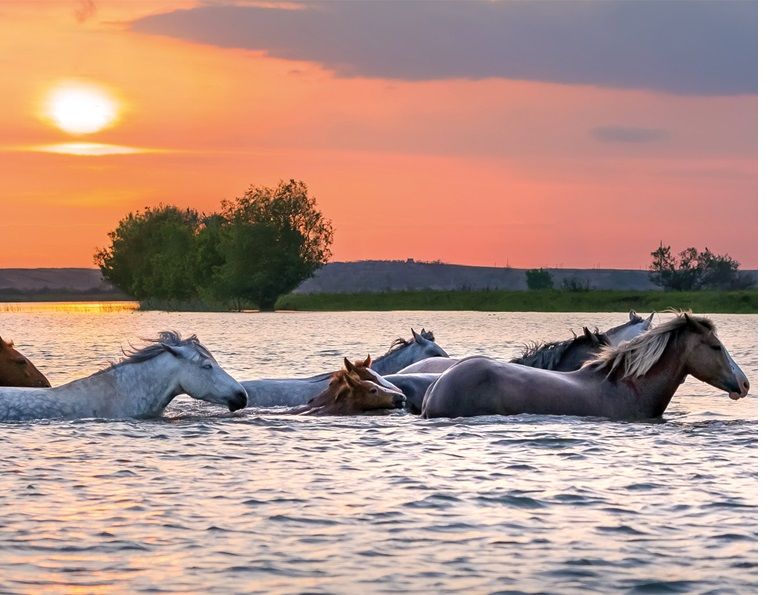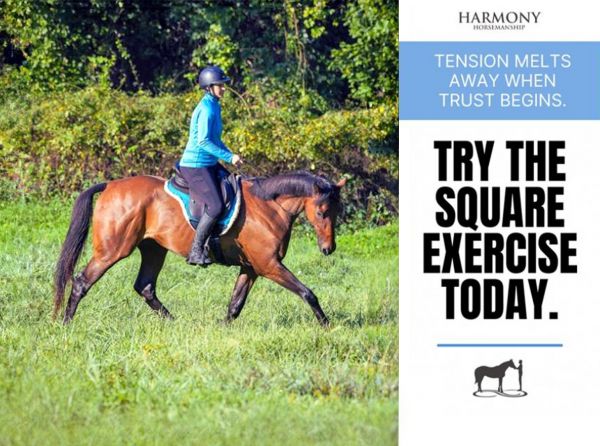By Margaret Evans
1 – Consider having your horse tattooed, branded, or microchipped. Those with permanent identification will have a much better chance of reunion with the rightful owner, if found. Having good identification of your horse can help not only in the event of theft, but also in a natural disaster such as a flood or wildfire. After Hurricane Andrew in 1992, 80 percent of the horses found could not be identified. But after Hurricane Katrina, over 360 horses were reunited with their owners because of microchips.
2 - If you have a passport for your horse, keep it locked away as a horse can’t be sold without it.
3 - Keep detailed information of your horse’s markings in a safe place, to help the police with identification.
4 - Take photos of both sides of the horse as well as front and back. Take sets of photos at different seasons as horses can look quite different in the summer compared to winter.
5 - Keep your horse in a secure paddock. Check all fence-lines and check the security of the padlock on the gate. Check the security of the gate itself and make sure that it can’t be lifted off its hinges.
6 - Set up a Horse Watch group with your neighbours and local people who own horses. Make up a group list and record everyone’s name, address, the number and breed of horses they have, their phone number, cell number, and email address, and keep it up-to-date as horses are bought and sold.
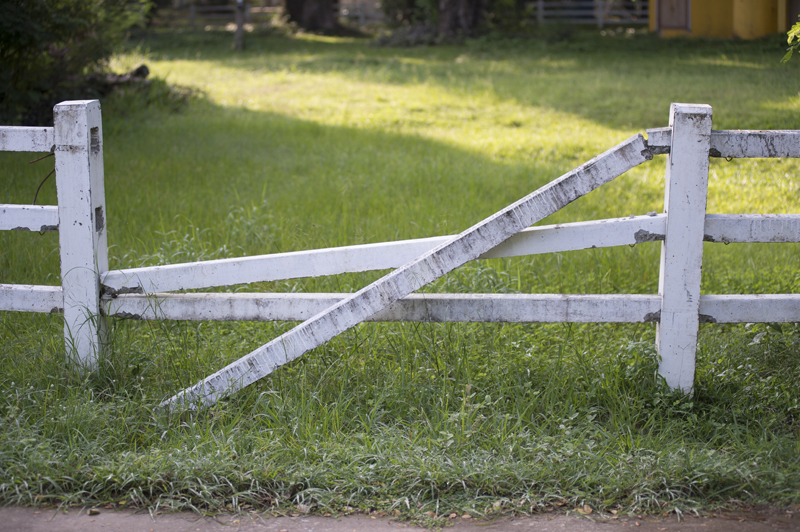
Consider setting up a Horse Watch group with local horse-owners. Inform your neighbours of any suspicious activity in your area so they can help be on the lookout for strangers lurking around. Photo: iStock/Peeranat Thongyotee
7 - If the horses are in a barn at night, is there a motion light installed, or a dusk-to-dawn light that would illuminate movement? Is it close to the house?
8 - Install a trail (remote) camera near the barn doors to photograph anyone trying to get in. Consider a trail camera near the paddock gate or a fence-line.
9 - Put up notices that all horses, tack, and equipment are marked and can be identified.
10 - Consider installing a closed-circuit TV system that can be monitored from the house.
11 - Consider an alarm system that can be interconnected with the house.
12 - Know your horses’ behaviour patterns. Are they spending more time at a particular point by the fence? Is there a chance someone is feeding them with the intent to lure one of them away?
13 - If possible, turn your horses out without halters as doing so can delay or deter thieves.
14 - If your facility is a public barn, design access so that it leads to a controlled reception and consider the mandatory wearing of visitor badges. Thieves could be posing as potential clients just to scope out the building.
15 - Place your horse trailer away from the barn and lock the wheels. Some thieves are bold enough to hook your trailer to their vehicle and drive away with your horse.
16 - Keep your neighbours informed of suspicious activity in your area so everyone can keep an eye open for strangers lurking around.
17 – Noisy pets, such as geese, dogs, or even peacocks, are highly effective as their noise can be enough to deter a thief and give you some seconds of reaction time for stopping a theft.

Noisy pets such as dogs, geese, and even peacocks can sound the alarm, giving you more reaction time for stopping a thief. Photo: Shutterstock/Michael A Bennett
18 - Check with your insurance broker to see if they have guidelines that can enhance your security plans.
Main photo: Canstock/Alessandro0770




